Engineering precision is more than a requirement; it's a commitment to excellence. Amidst the intricate world of engineering, understanding the nuances of surface profile becomes paramount. Join me on a journey as we delve into the intricacies of surface profile and its pivotal role in achieving immaculate engineering standards.
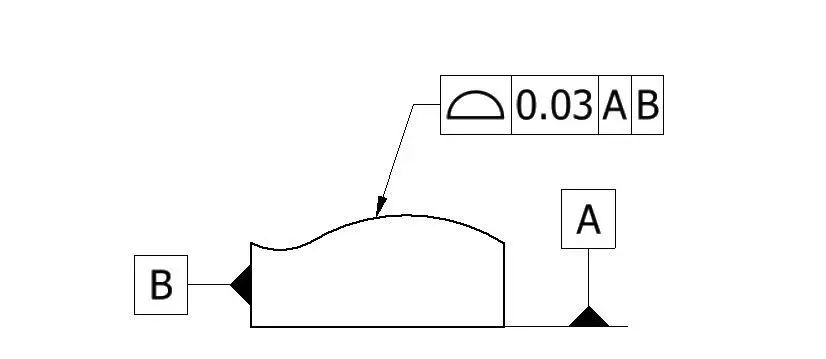
Surface profile isn't a mere superficial attribute; it's the intricate anatomy of engineering precision. It's the very fabric upon which functionality and reliability are woven. To comprehend its essence, one must journey through its multifaceted dimensions.
Surface profile transcends the surface's visual appearance; it encapsulates the topography, deviations, and minute irregularities across a material's surface. It's the amalgamation of waviness, roughness, and form deviations, each playing a pivotal role in determining the functionality and longevity of engineered components.
Understanding the fabric of surface profile requires an exploration of its components:
Waviness: These are broader deviations that can span a considerable length, often related to the manufacturing process.
Roughness: The finer irregularities that contribute to friction, wear, and even structural integrity.
Form Deviations: These define the shape and structure, encompassing imperfections in straightness, flatness, roundness, etc.
Surface profile, therefore, serves as a blueprint, dictating the performance and interactivity of various components within an engineering system.
The ramifications of neglecting surface profile are profound. In critical applications, such as aerospace or medical devices, where precision is non-negotiable, overlooking surface profile can lead to catastrophic consequences. An imperfection in the surface profile of a turbine blade or a medical implant can compromise safety and efficacy.
Moreover, the quest for efficiency and innovation has amplified the need for stringent adherence to surface profile standards. From automotive components to electronic devices, achieving optimal performance necessitates a granular understanding and meticulous control over surface profile.

In the intricate tapestry of engineering precision, Geometric Dimensioning and Tolerancing (GD&T) emerges as the guiding star for defining and controlling surface profiles. It's a system that transcends traditional linear measurements, offering a comprehensive approach to ensure uniformity and consistency in the manufacturing process.
GD&T introduces a standardized language for expressing design intent, enabling clear communication between designers, engineers, and manufacturers. When applied to surface profiles, it goes beyond simplistic notions, intricately defining the permissible variations in form, orientation, and location of surface features.
Within the GD&T framework, surface profiles are scrutinized with meticulous detail. The symbology employed provides a visual roadmap, guiding engineers on the specific requirements for a component's surface. Concentricity, symmetry, and other aspects come under the GD&T umbrella, ensuring that each surface adheres to the predetermined standards.
In today's globalized manufacturing landscape, where components from diverse sources converge, GD&T becomes a unifying force. It ensures that a surface profile adheres to predefined criteria, irrespective of where it's manufactured. This not only streamlines the assembly process but also enhances the interchangeability of components.
GD&T also plays a crucial role in facilitating advanced manufacturing techniques, such as Computer Numerical Control (CNC) machining and 3D printing. The precise specifications set by GD&T empower these technologies to reproduce surface profiles with unparalleled accuracy, pushing the boundaries of what's achievable in engineering.
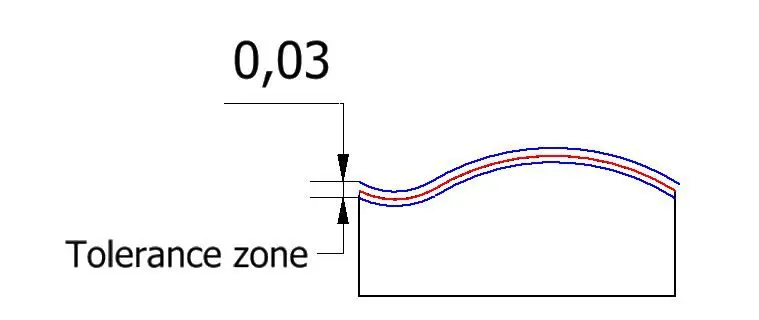
Surface profile tolerances stand as the pivotal bridge between design intent and manufacturing reality. They establish the permissible boundaries within which surface irregularities can fluctuate while ensuring functionality, interchangeability, and performance.
Tolerance in surface profiles isn't a one-size-fits-all concept. It's a meticulously calculated range within which variations are acceptable without compromising functionality. Factors like material properties, intended use, and manufacturing processes intricately influence these tolerance parameters.
Surface profile tolerances are expressed through various indicators in engineering drawings. Symbols like concentricity, parallelism, and perpendicularity delineate the acceptable limits of deviation for different surface features. Understanding these symbols is akin to deciphering the code that governs precision in manufacturing.
The magnitude of surface profile tolerances directly impacts the performance and functionality of engineered components. For instance, in automotive systems, precise tolerances on engine cylinder surfaces ensure optimal compression and efficiency. Similarly, in electronic devices, tight tolerances on circuit board surfaces maintain conductivity and signal integrity.
However, it's crucial to strike a balance between precision and practicality. Overly stringent tolerances might escalate production costs without substantial functional gains, while excessively loose tolerances risk compromising performance. Achieving this equilibrium demands a nuanced understanding of material properties, manufacturing capabilities, and functional requirements.
Ensuring adherence to surface profile tolerances necessitates robust quality control mechanisms. Advanced metrology tools like Coordinate Measuring Machines (CMMs) and optical profilers come into play, precisely measuring surface deviations against specified tolerances.
Regular inspections and quality checks throughout the manufacturing process validate that surface profiles conform to the defined tolerances. This iterative process of measurement, analysis, and adjustment guarantees that the final product meets the stringent quality standards set by surface profile tolerances.
In the intricate language of engineering drawings, surface profile symbols serve as the hieroglyphs that encapsulate a wealth of information. These symbols are the visual cues that decode the precise requirements of surface characteristics, guiding manufacturers to execute designs with meticulous accuracy.
Surface profile symbols, ranging from concentricity to flatness and circularity, each hold a distinct significance. They are visual representations of the desired surface attributes, outlining the acceptable deviations and relationships between surfaces. Decoding these symbols is akin to unlocking the blueprint for precision.
For instance, the concentricity symbol indicates that two features (like cylinders or holes) share a common center axis within defined tolerances. Meanwhile, the flatness symbol specifies the allowable flatness deviation of a surface in relation to a perfect plane.
These symbols act as a lingua franca among engineers, designers, and manufacturers. They facilitate a concise and standardized means of communication, ensuring that everyone involved comprehends the exact requirements for surface profiles without ambiguity.
Precision in interpreting these symbols is imperative. A misinterpretation could lead to manufacturing components that deviate from the intended design, resulting in functional inefficiencies or compatibility issues during assembly.
The key to leveraging surface profile symbols lies not just in their understanding but in their accurate integration into manufacturing processes. It requires a synergy between design intent, GD&T specifications, and the capabilities of the manufacturing apparatus.
Advanced CAD software aids in precise symbol placement within engineering drawings, guiding manufacturers to execute components with the required surface profiles. Moreover, training and educating personnel on the nuances of these symbols foster an environment of accuracy and consistency in execution.
In the realm of engineering, practical application often unveils the intricate challenges posed by surface profile intricacies. Real-world scenarios underscore the complexities and provide invaluable insights into how to overcome these hurdles using the principles of surface profile.
Consider a scenario where aerospace components demand exceptional surface profile precision. Any deviation in the surface profile of a turbine blade can disrupt airflow, compromising engine efficiency. Here, achieving and maintaining the specified surface profile becomes paramount for optimal performance.
Similarly, in medical device manufacturing, surface profile intricacies hold critical importance. Implants or prosthetics require meticulous surface finishes to ensure compatibility with biological tissues, minimizing the risk of adverse reactions or implant failures.
These challenges fuel innovative solutions rooted in a deep understanding of surface profile dynamics. Advancements in manufacturing technologies, such as abrasive finishing techniques and precise machining, are tailored to meet the stringent demands of surface profile requirements.
Moreover, simulation tools and virtual prototyping enable engineers to anticipate surface profile challenges early in the design phase. By simulating different surface profiles, engineers can iterate designs, ensuring they meet the required specifications before entering the production phase.
Case studies serve as invaluable repositories of knowledge, offering a practical lens into how various industries tackle surface profile challenges. Analyzing these case studies provides a blueprint for problem-solving, allowing engineers to adopt proven strategies in their respective domains.
Quality assurance stands as the guardian of precision in engineering. Within this domain, surface profile holds a prominent position, acting as a barometer of excellence. Its meticulous control and validation become the cornerstone of ensuring top-notch quality in manufactured components.
Ensuring the conformity of surface profiles demands a comprehensive approach to measurement and validation. Advanced metrology tools, including contact and non-contact methods, meticulously inspect surface characteristics, quantifying deviations against specified tolerances.
Coordinate Measuring Machines (CMMs), optical profilers, and profilometers emerge as stalwart instruments in this quest for precision. They provide a detailed map of surface deviations, facilitating thorough inspections that guarantee compliance with designated surface profile standards.
Surface profile inspections extend beyond mere validation; they serve as diagnostic tools for identifying root causes of deviations. Anomalies detected during surface profile inspections trigger an investigative process, delving into material properties, manufacturing techniques, and environmental factors.
This meticulous analysis enables engineers to refine manufacturing processes, optimize tooling strategies, and fine-tune material selections, eliminating potential sources of surface profile irregularities. Such optimization translates into enhanced efficiency, reduced production costs, and improved product reliability.
The pursuit of engineering excellence hinges on a culture of continuous improvement. Surface profile inspections, integrated into this ethos, foster adaptability and innovation. Each deviation becomes a learning opportunity, driving iterative enhancements in manufacturing practices and design strategies.
By embracing the insights derived from surface profile analyses, engineers pave the way for evolutionary improvements in product performance, durability, and precision.
In the labyrinth of engineering precision, surface profile emerges as the silent architect, shaping the very fabric of functionality and reliability. Its significance transcends the superficial, weaving a tapestry of intricacies that define the essence of precision engineering.
From the fundamental understanding of waviness, roughness, and form deviations to the meticulous interpretation of GD&T symbols, surface profile mastery is the cornerstone of precision.
The journey through surface profile intricacies elucidates its role in quality assurance, practical application, and the relentless pursuit of innovation. It empowers engineers to navigate challenges, optimize manufacturing methodologies, and pave the way for a future where precision meets sustainability.
As we embrace the evolution of metrology technologies, Industry 4.0 integration, and the convergence of sustainable practices, the horizon of surface profile engineering expands. It promises not just precision in manufacturing but a future where engineering excellence harmonizes with environmental responsibility.
Forge Ahead! Surface profile mastery isn't just a skill; it's a commitment to precision, innovation, and sustainability. Embrace its intricacies to sculpt a future where engineering reaches new heights of precision and societal impact.
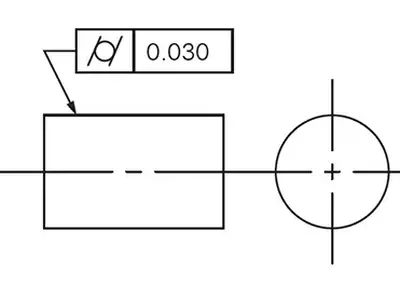 Unlocking Precision: Mastering Cylindricity for Engineering ExcellenceNovember 21, 2023In the intricate world of engineering, precision reigns supreme. Enter the realm of cylindricity - a fundamental attribute dictating the perfection of cylindrical forms. Here, I guide you through an explorative journey, unveiling the essence of cylindricity, its nuanced applications in GD&T (Geometric Dimensioning and Tolerancing), and the crucial methods to measure and comprehend this vital parameter.view
Unlocking Precision: Mastering Cylindricity for Engineering ExcellenceNovember 21, 2023In the intricate world of engineering, precision reigns supreme. Enter the realm of cylindricity - a fundamental attribute dictating the perfection of cylindrical forms. Here, I guide you through an explorative journey, unveiling the essence of cylindricity, its nuanced applications in GD&T (Geometric Dimensioning and Tolerancing), and the crucial methods to measure and comprehend this vital parameter.view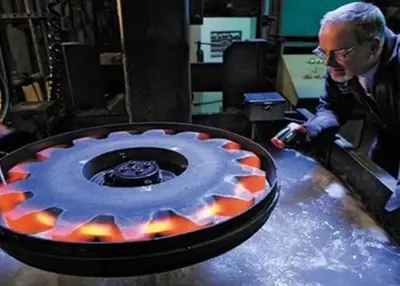 How to Choose Machining Heat Treatment?September 27, 2023Heat treatment refers to the material in the solid state, by means of heating, holding and cooling, to facilitate the processing and improve the strength or hardness of the finished product a metal heat processing process.view
How to Choose Machining Heat Treatment?September 27, 2023Heat treatment refers to the material in the solid state, by means of heating, holding and cooling, to facilitate the processing and improve the strength or hardness of the finished product a metal heat processing process.view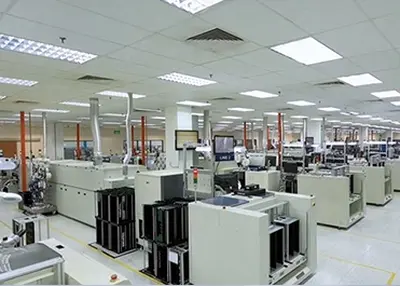 Building Effective Partnerships For Manufacturing StartupsOctober 10, 2023You might have a great idea that leads you to launch a startup. But then you realize you can’t handle it all on your own. You need professional advice, help, and often financial resources.view
Building Effective Partnerships For Manufacturing StartupsOctober 10, 2023You might have a great idea that leads you to launch a startup. But then you realize you can’t handle it all on your own. You need professional advice, help, and often financial resources.view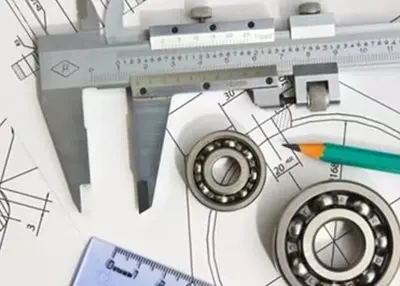 The Basics of Engineering Drawing and Tips for NewcomersApril 7, 2024The article gives some useful tips on how to make engineering drawings easily to help you better communicate your ideas clearly.view
The Basics of Engineering Drawing and Tips for NewcomersApril 7, 2024The article gives some useful tips on how to make engineering drawings easily to help you better communicate your ideas clearly.view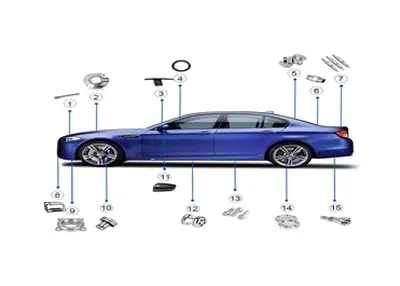 CNC Automotive Parts and Next-gen VehiclesJanuary 5, 2024Driving down the road in the not-so-distant future will be an experience unlike any other. As advances in technology continue to shape the automotive industry, one particular innovation is set to revo...view
CNC Automotive Parts and Next-gen VehiclesJanuary 5, 2024Driving down the road in the not-so-distant future will be an experience unlike any other. As advances in technology continue to shape the automotive industry, one particular innovation is set to revo...view Exploring the World of Medical Machined Parts: Precision in HealthcareNovember 10, 2023In the ever-evolving landscape of healthcare, the role of medical machined parts stands as a testament to precision engineering's indispensable contribution. As the CEO of Richconn, I am thrilled to guide you through an extensive exploration of these critical components.view
Exploring the World of Medical Machined Parts: Precision in HealthcareNovember 10, 2023In the ever-evolving landscape of healthcare, the role of medical machined parts stands as a testament to precision engineering's indispensable contribution. As the CEO of Richconn, I am thrilled to guide you through an extensive exploration of these critical components.view